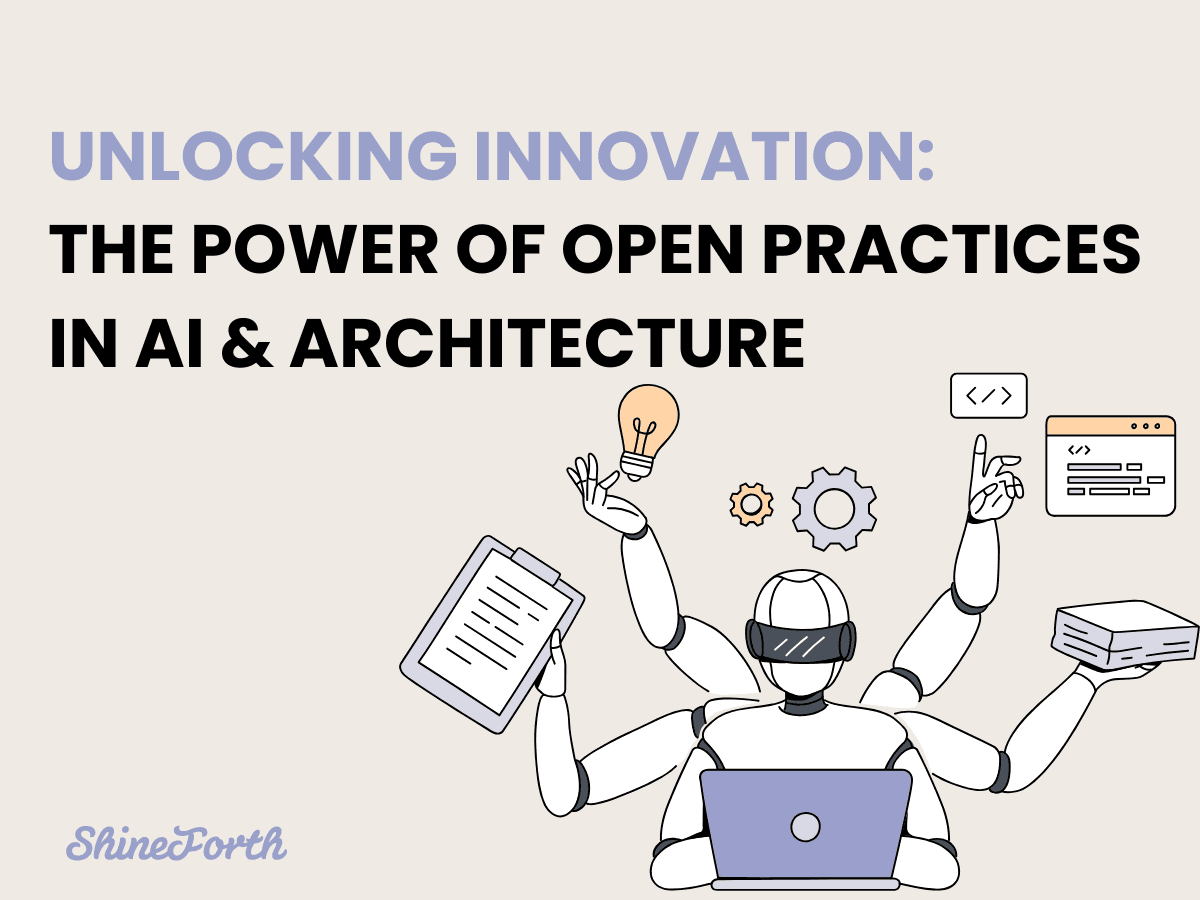Unlocking Innovation: The Power of Open Practices in AI and Architecture

In today's rapidly evolving technological landscape, businesses face immense pressure to innovate and adapt. The integration of AI and robust software architecture is no longer a luxury but a necessity for staying competitive. However, for many organizations, the path to adopting these technologies can seem overwhelming. The solution? Embracing open practices. These methodologies not only foster innovation but ensure sustainability and adaptability.
Understanding Open Practices in Technology
Open practices refer to collaborative, transparent, and flexible approaches in software architecture and AI adoption. Much like open-source software, they emphasize community-driven development, knowledge sharing, and adaptable frameworks that grow with your business needs. This is exemplified by the rise of microservices architecture, which allows businesses to innovate swiftly while maintaining system stability. Similarly, open AI practices leverage shared data sets and algorithms to accelerate development and promote a culture of continuous improvement.
For instance, microservices break down complex applications into smaller, manageable services. This modular approach enables rapid innovation without jeopardizing system integrity. Open AI practices encourage using shared resources, such as data sets and algorithms, fostering a collaborative ecosystem that drives continuous enhancement.
Strategies for Implementing Open Practices
To successfully implement open practices, fostering a culture of collaboration and transparency is key. Organizations should cultivate an environment where teams can freely share insights, learn from each other, and iteratively develop solutions. One effective strategy is integrating open-source tools like Kubernetes for container orchestration or TensorFlow for machine learning into your development pipeline. These tools provide a robust foundation while allowing for customization to meet specific organizational needs.
Encouraging team members to contribute to open-source projects not only enhances their skills but also keeps the organization at the forefront of technological advancement. Additionally, adopting Agile methodologies can significantly bolster your open practice strategy. Agile focuses on iterative development and frequent collaboration, allowing teams to swiftly adapt to changes and ensure alignment with business objectives.
Real-World Applications and Emerging Trends
The impact of open practices is evident across various industries. In healthcare, for instance, open AI frameworks enable providers to innovate rapidly, developing personalized treatment plans and improving patient outcomes. Open data and algorithm sharing have accelerated breakthroughs that were previously unattainable in closed environments.
Another emerging trend is the increasing use of open data platforms. By pooling data resources, companies create richer, more comprehensive data sets that drive AI innovation. This collaborative approach not only speeds up development but democratizes access to AI, leveling the playing field for smaller companies.
Embrace the Open Future
Open practices offer a powerful avenue for businesses seeking to innovate and remain competitive in today's fast-paced tech landscape. By embracing collaboration, transparency, and flexibility, companies can effectively navigate the challenges of architecture and AI adoption. As you plan your next steps, consider integrating open practices into your organization's core. Encourage teams to explore open-source solutions, cultivate a culture of sharing and learning, and remain agile in the face of change. The future of technology is open. Are you ready to be a part of it?
To learn more about how ShineForth can assist in implementing these practices, explore our Services. For inquiries, feel free to contact us.